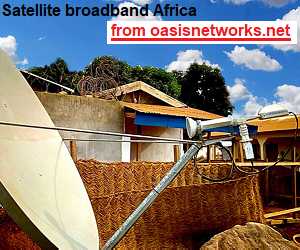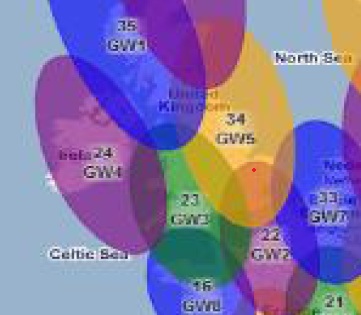| Home Login Register |
| Satellite Internet forum › TooWay and KA-SAT satellite › KA-SAT signal strength |
|
Pages: 1
|
KA-SAT signal strength(Read 8020 times) |
|
MrMuckyPaws
Senior Member
★★★ Offline Posts: 56 UK |
Jul 19th, 2011 at 3:43pm
|
| Back to top |
IP Logged
|
|
fendweller
Member
★★ Offline Posts: 23 UK |
Reply #1 - Jul 19th, 2011 at 4:53pm
|
| Back to top |
IP Logged
|
|
fendweller
Member
★★ Offline Posts: 23 UK |
Reply #2 - Jul 19th, 2011 at 5:03pm
|
| Back to top |
IP Logged
|
|
Eric Johnston
YaBB Moderator
★★★★★ Offline Posts: 2109 |
Reply #3 - Jul 19th, 2011 at 8:34pm
|
| Back to top |
IP Logged
|
|
Admin1
YaBB Admin
★★★★★ Offline Posts: 1215 |
Reply #4 - Jul 20th, 2011 at 10:03am
|
| Back to top |
« Last Edit: Jul 20th, 2011 at 11:56am by Admin1 »
IP Logged
|
|
fendweller
Member
★★ Offline Posts: 23 UK |
Reply #5 - Jul 20th, 2011 at 10:23am
|
| Back to top |
IP Logged
|
|
Admin1
YaBB Admin
★★★★★ Offline Posts: 1215 |
Reply #6 - Jul 20th, 2011 at 1:57pm
|
| Back to top |
IP Logged
|
|
Pages: 1
|
Email me: eric@satsig.net
Powered by YaBB 2.5.2!
YaBB Forum Software © 2000-. All Rights Reserved.
Disclaimer, Terms of Use and Privacy Forum User Agreement Forum rules Cookie policy.



